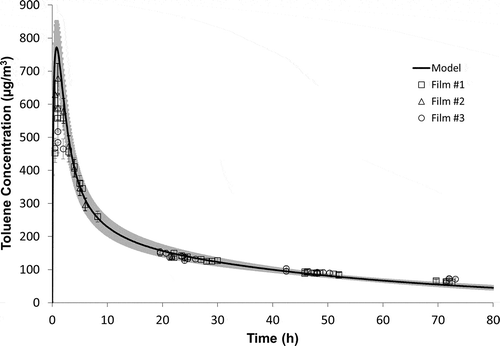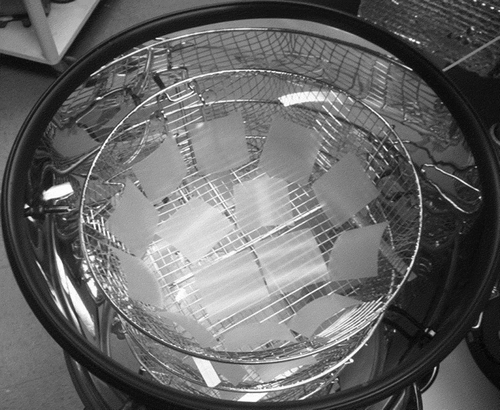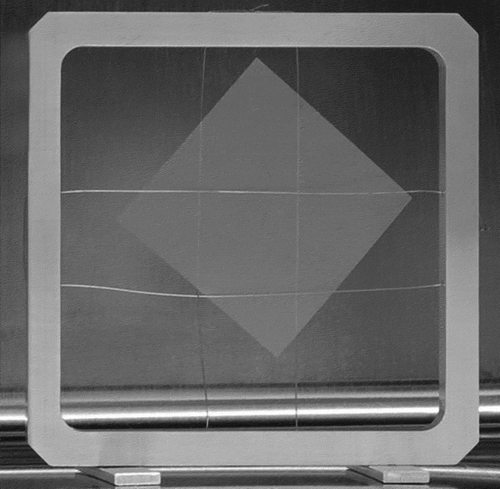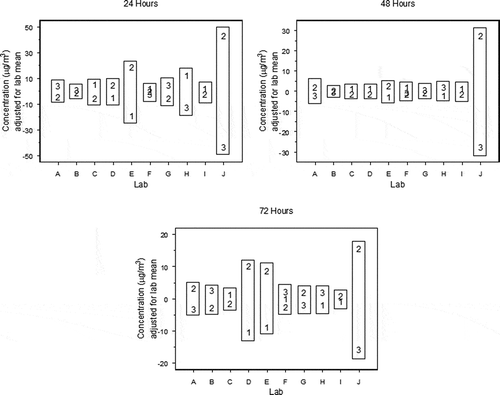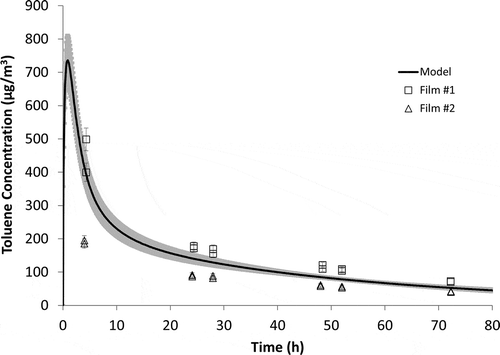Figures & data
Table 1. Chamber set points for reference material test method
Figure 3. Determination of D and K from microbalance tests. (a) Fitting a Fickian diffusion model to the sorption and desorption data to get D. (b) Determining K by linear regression.

Table 2. Reported SCG laboratory compliance of test method specifications
Table 3. Small chamber group toluene concentrations at specified sampling time
Figure 4. Average concentration over all samples for each laboratory for target times 24, 48, and 72 hr. The error bars displayed are one standard deviation of the sample adjusted concentrations.

Figure 5. Youden plots for each sampling time point. The plotting characters represent the laboratories. The vertical line is the median value for sample 1 and the horizontal line is the median value for sample 2. The circle is a 95% confidence circle with a radius equal to 2.448 times the estimated standard deviation for a single result.
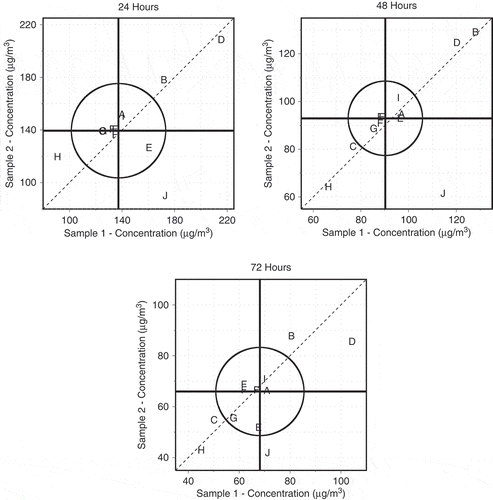
Table 4. Reported LCG laboratory compliance of test method specifications
Table 5. Large chamber group toluene concentrations at specified sampling time
Figure 6. Large chamber group toluene concentrations measured at 24 hr, 48 hr, and 72 hr. The error bars displayed are one standard deviation of the sample adjusted concentrations.
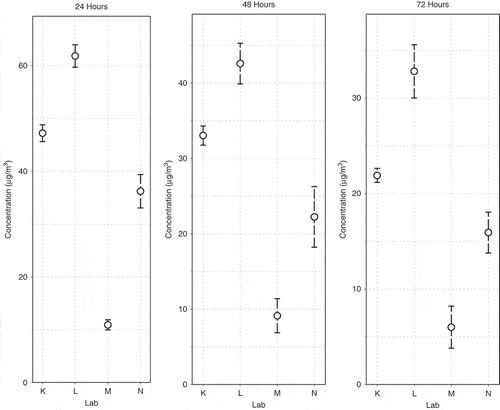
Table 6. Frequencies of the relative order of the production tiers across SCG laboratories for each sample time point
Figure 8. NIST measured data compared to model prediction. Gray shadow represents model uncertainty.
